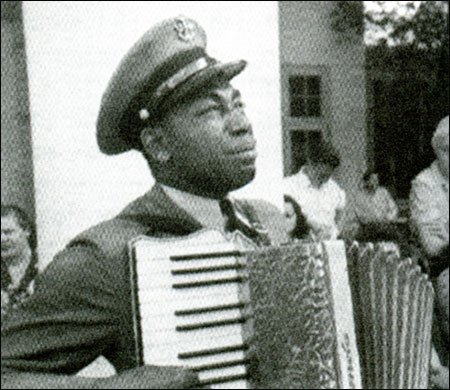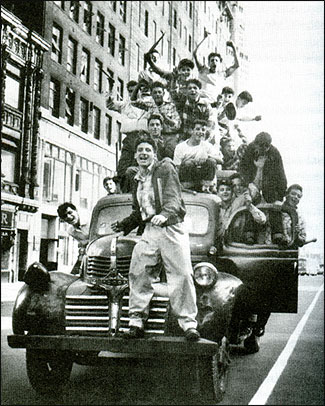From November 1936, when Life magazine’s first issue appeared, until it stopped publication as a weekly in 1972, 88 of the most innovative and revered photographers found, at one time or another, a home for their oftentimes groundbreaking photography. “Life magazine for me was like the American flag,” said one of the photographers, Alfred Eisenstaedt. “We felt a great responsibility…to be honest.”
In the early 1990’s, former Life photographer and Picture Editor John Loengard interviewed nearly half of those 88 photographers and edited almost 800,000 of their words to form “Life Photographers: What They Saw.” The book teems with historically and personally revealing stories of how and why many of our most memorable images were taken. Here are two brief examples.

In 1945, Edward Clark was in Nashville when Life called asking him to go to Warm Springs, Georgia, to photograph events surrounding the death of President Franklin Roosevelt: “Airplanes were out of the question because it was wartime and I didn’t have priority. They could throw me off at any stop they made. So I just got in my car and drove all night to Warm Springs. There must have been 135 photographers there from everywhere. The Secret Service lined us all up behind a barrier in front of a small house they called the little White House so we could photograph the caisson as it came by with Roosevelt’s casket on it. A lot of people were on the porch of this cottage, and several of them were crying. I heard this accordion start to play behind me, and I turned around, and I saw a Navy chief petty officer, Graham Jackson, playing with tears streaming down his face. I thought to myself, ‘My God, what a picture.’ As the caisson was coming, I took three or four pictures just as fast as I could. No one paid any attention to me. My picture was exclusive. I was the only one who saw it.”

Martha Holmes was the fourth woman photographer at Life. This photo was taken spontaneously in 1955: “…right after the Brooklyn Dodgers won the World Series—it was just one car with about 50 guys on it, coming down the street right after the game. I saw them, and I went running. I felt like Ginger Rogers—I was running backwards on heels. But it was fun; I was a Dodger fan. Of course, they loved it. They were screaming and waving their arms. And with me there, they did it even more so.”
In the early 1990’s, former Life photographer and Picture Editor John Loengard interviewed nearly half of those 88 photographers and edited almost 800,000 of their words to form “Life Photographers: What They Saw.” The book teems with historically and personally revealing stories of how and why many of our most memorable images were taken. Here are two brief examples.

In 1945, Edward Clark was in Nashville when Life called asking him to go to Warm Springs, Georgia, to photograph events surrounding the death of President Franklin Roosevelt: “Airplanes were out of the question because it was wartime and I didn’t have priority. They could throw me off at any stop they made. So I just got in my car and drove all night to Warm Springs. There must have been 135 photographers there from everywhere. The Secret Service lined us all up behind a barrier in front of a small house they called the little White House so we could photograph the caisson as it came by with Roosevelt’s casket on it. A lot of people were on the porch of this cottage, and several of them were crying. I heard this accordion start to play behind me, and I turned around, and I saw a Navy chief petty officer, Graham Jackson, playing with tears streaming down his face. I thought to myself, ‘My God, what a picture.’ As the caisson was coming, I took three or four pictures just as fast as I could. No one paid any attention to me. My picture was exclusive. I was the only one who saw it.”

Martha Holmes was the fourth woman photographer at Life. This photo was taken spontaneously in 1955: “…right after the Brooklyn Dodgers won the World Series—it was just one car with about 50 guys on it, coming down the street right after the game. I saw them, and I went running. I felt like Ginger Rogers—I was running backwards on heels. But it was fun; I was a Dodger fan. Of course, they loved it. They were screaming and waving their arms. And with me there, they did it even more so.”




